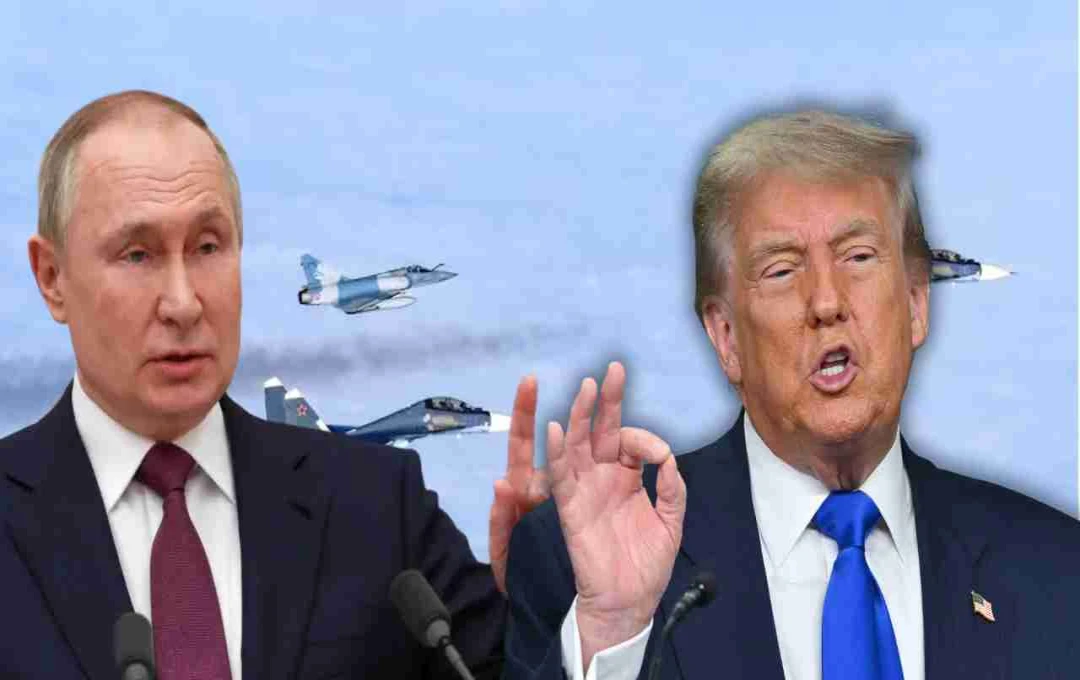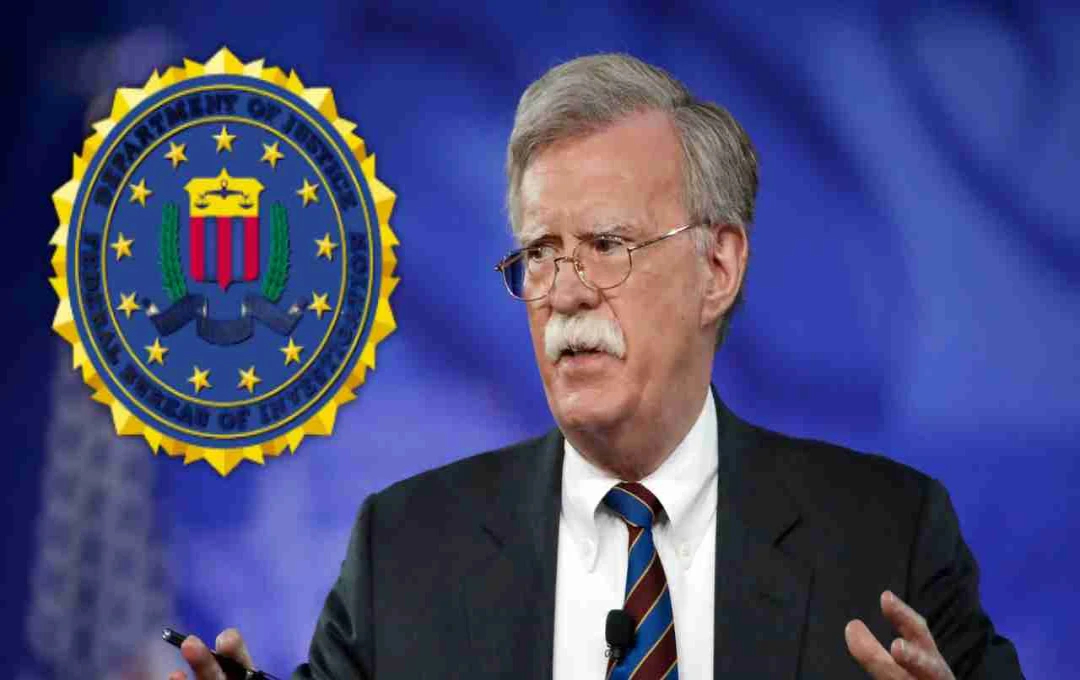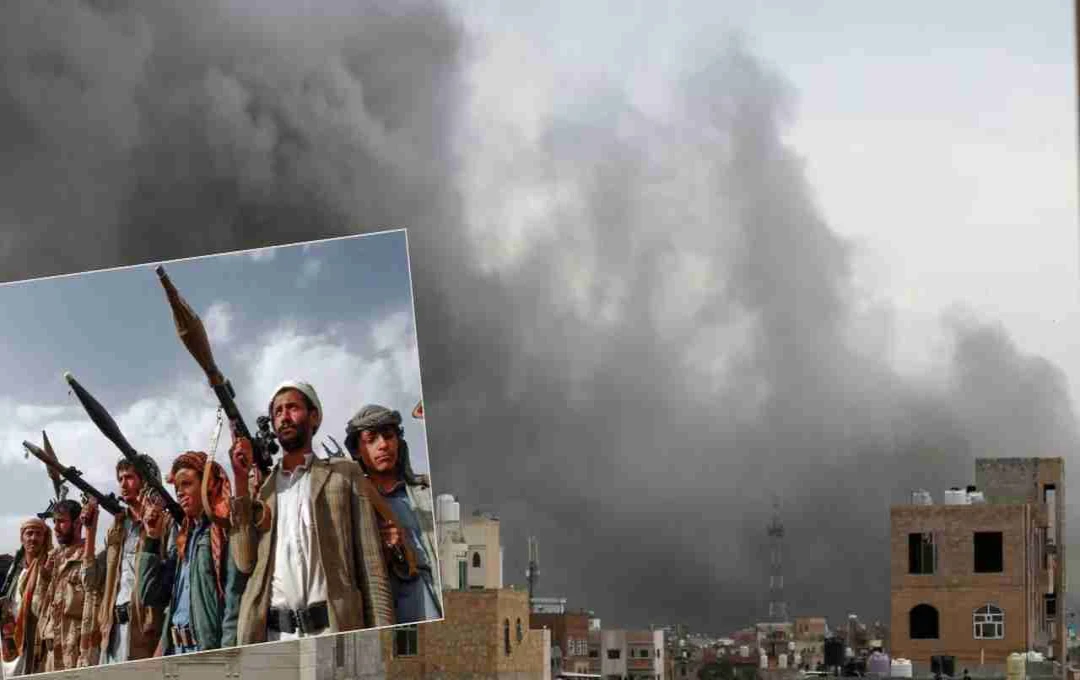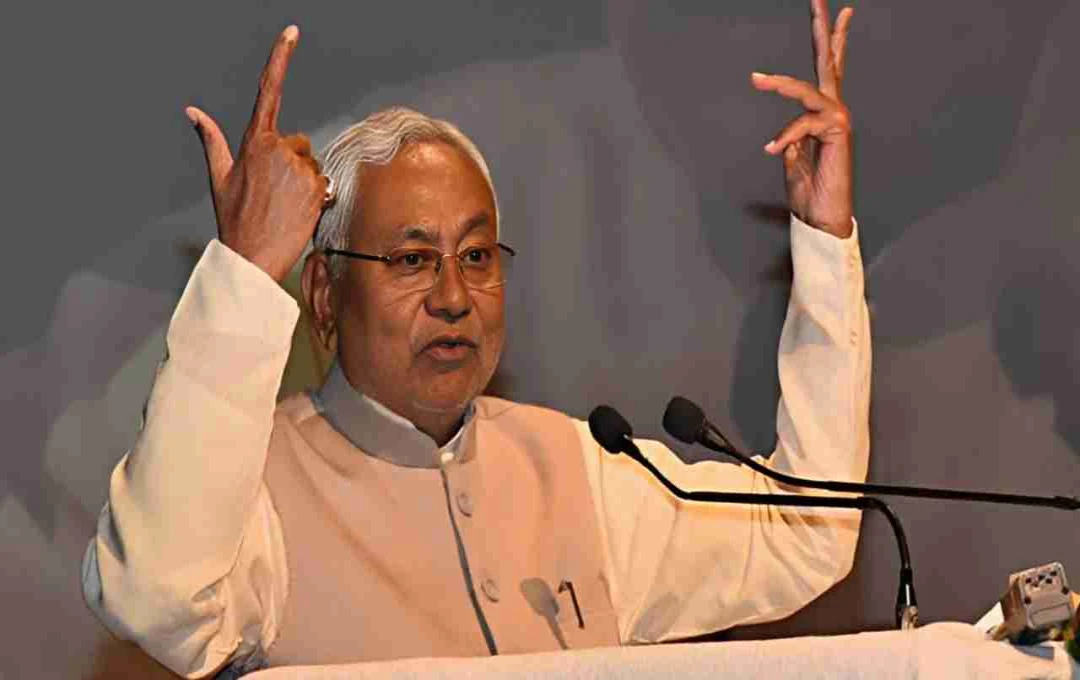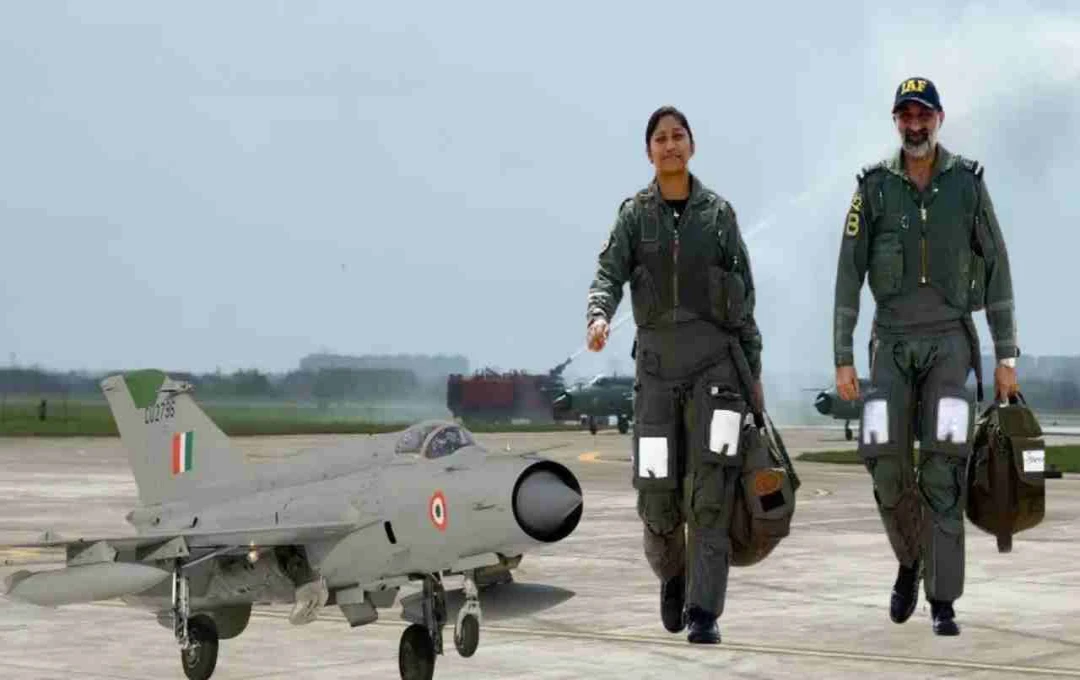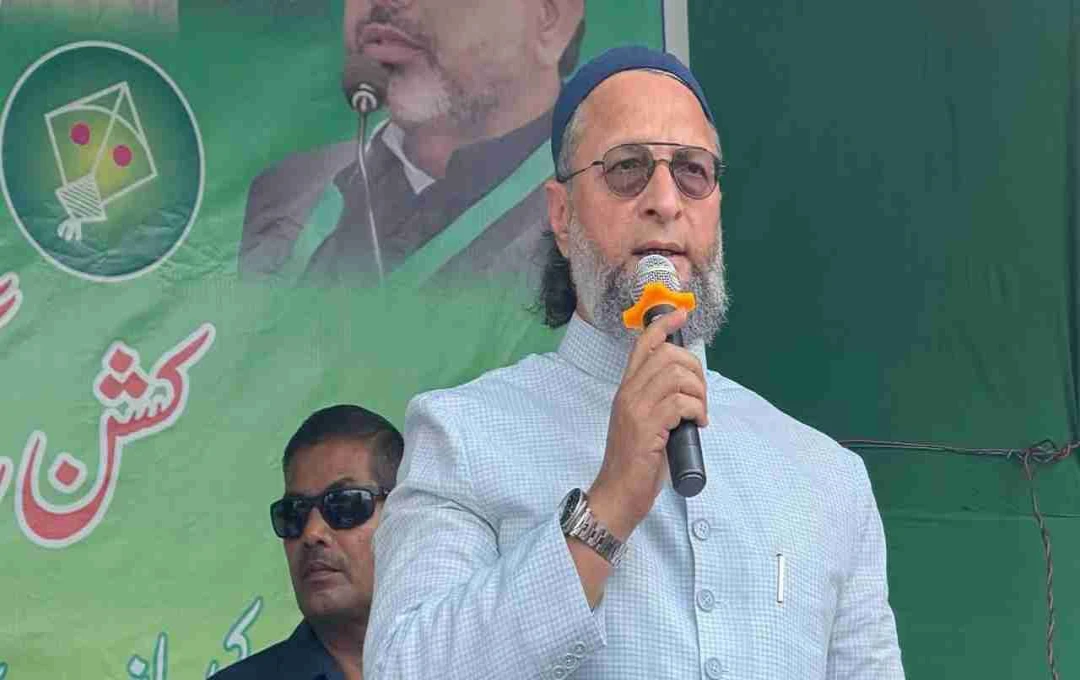Russia has infiltrated NATO airspace, increasing tension in Poland and Estonia. Security in Europe is unstable, and NATO's response is limited. Experts consider this to be Putin's strategic provocation.
World Update: Amidst the ongoing war between Ukraine and Russia, Russia has recently increased incidents of incursions into NATO airspace. On September 10, Russian drones entered Poland, a NATO member. Poland took a firm stance on this intrusion, warning that it is prepared to shoot down any flying object.
Just a few days later, similar incidents emerged in Romania. Subsequently, on September 19, three Russian fighter jets violated Estonia's airspace. These Russian incursions have destabilized European airspace.
NATO's Response
NATO's response has been slow so far. The 'Eastern Sentry' operation, launched after the drone incursion in Poland, has had limited effect. Despite this, Russian incursions in Estonia continued. Unannounced flights were also recorded in neutral airspace near Poland and Germany.
Polish Prime Minister Donald Tusk issued a clear warning that any flying object violating the border would be targeted. He also stated that it is necessary to think twice before taking such steps, as it could further intensify the conflict.
America and Trump's Response
US President Donald Trump's response to this issue has been limited. He called the drone incursion in Poland a potential mistake while reiterating his commitment to defending NATO allies. Experts believe that Trump's response does not send a clear message to Russia.
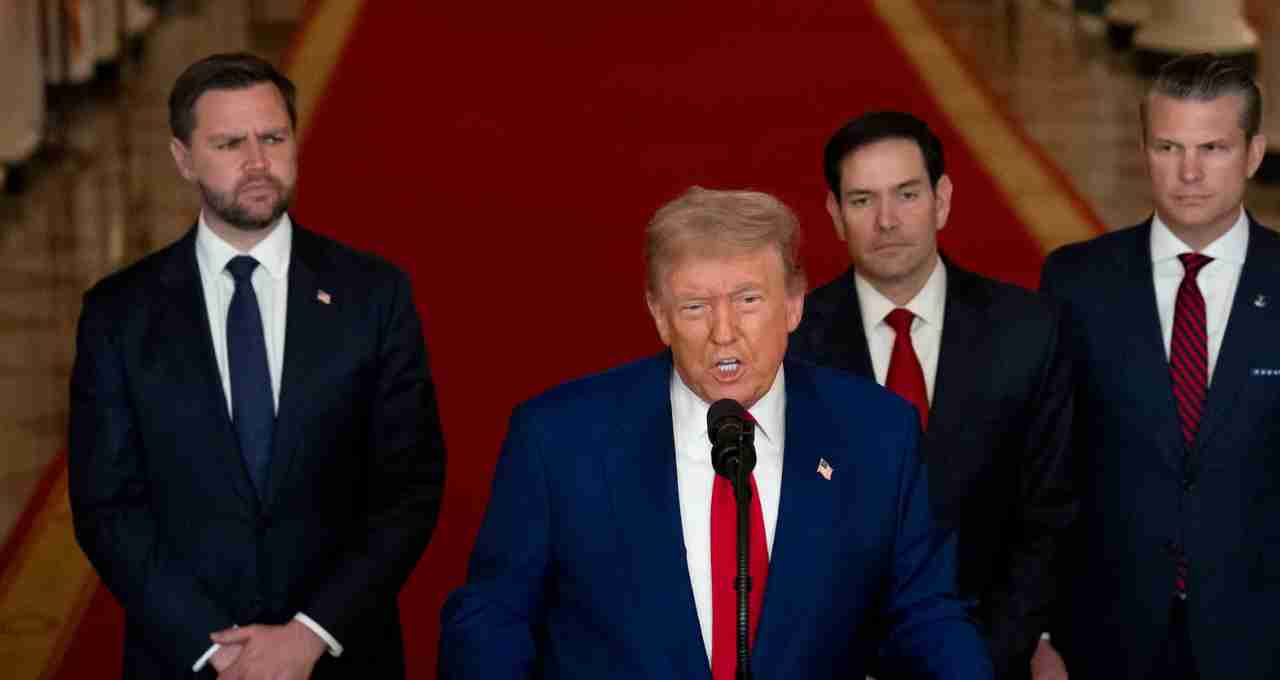
America's priorities are also shifting. Arms supplies to European countries have been reduced, and the US is now focused on its domestic needs. The 'Baltic Security Initiative', a long-term security cooperation program for the Baltic states, is also in crisis due to budget cuts.
America's priority for Europe's security appears to be diminishing. Meanwhile, the combined defense budget of France, Germany, Poland, Italy, and the Netherlands is only one-fourth of the US annual defense spending. Furthermore, the European defense-industrial base is weak.
Continuous Setbacks for Russia
Although Russia has lost a large number of soldiers in recent summer offensives. It is estimated that Russian military casualties have reached approximately 220,000. Despite this, territorial gains have been very limited.
In the full-scale war that began in February 2022, Russia had occupied approximately 70,000 square kilometers of territory. However, in the recent summer campaign, this gain was less than 2,000 square kilometers. On September 1, 2022, Russia controlled about 20 percent of Ukraine's territory, which has now decreased to 19 percent in 2025.
Ukraine's Situation
While Russia's situation may not be improving, this is not entirely a relief for Ukraine. Moscow retains the capability to launch night attacks. This exposes vulnerabilities in Ukraine's air defense system and keeps critical infrastructure at risk of damage.
Ukraine is still confronting Russia with limited resources and Western cooperation. However, in the future, willpower alone will not be sufficient for increasing Russian aggression. Western countries must immediately improve their readiness.
Cooperation in Europe
Disagreements persist regarding the participation of non-EU countries like Britain and Canada in the 'Security Action for Europe' program. Additionally, key defense projects such as the 'Future Combat Air System' have been affected by differences between France and Germany.
